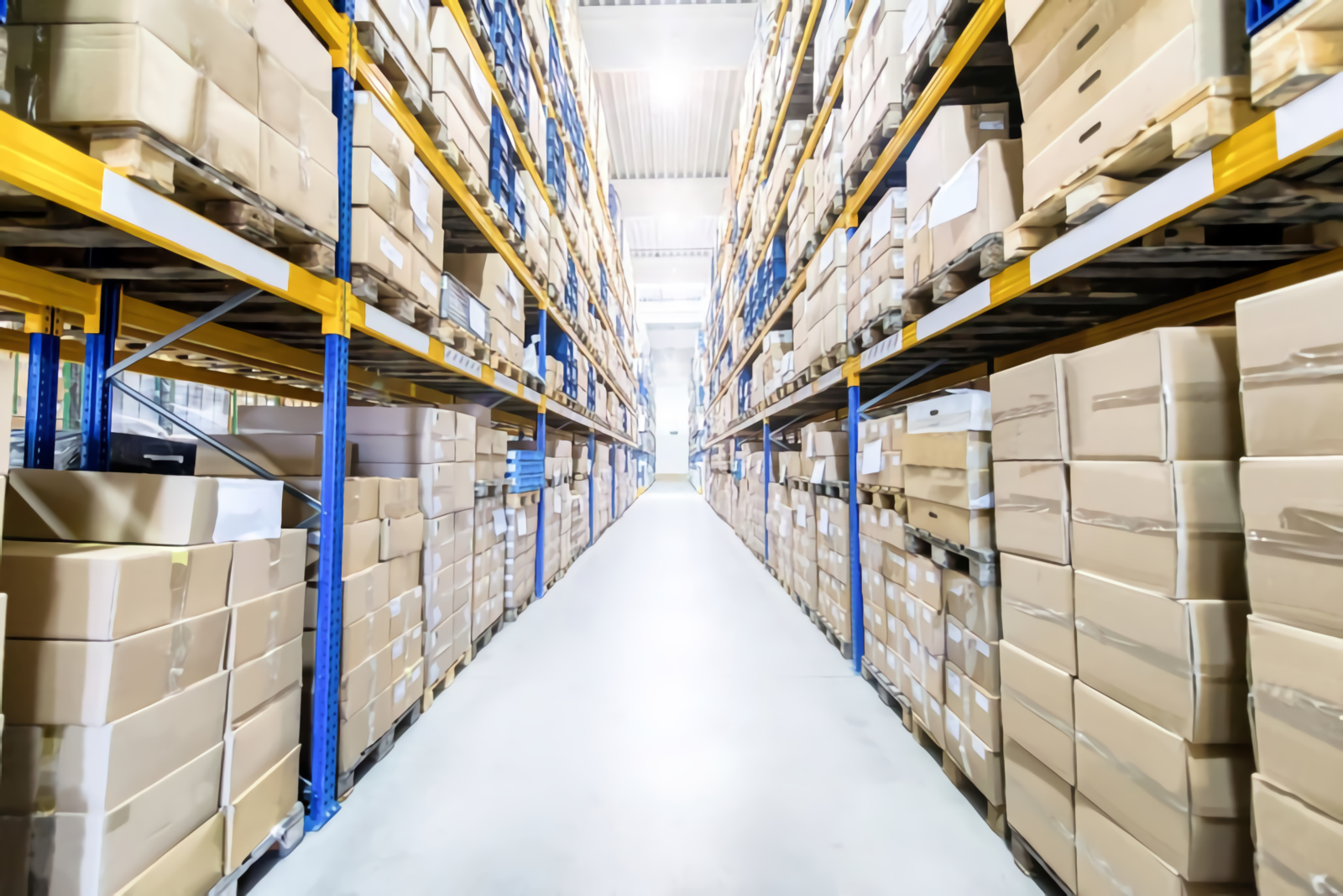The battle for creating demand and growth will intensify in 2018; through local sales channels. Consumer Package Goods (CPG) companies and Fast Moving Consumer Goods (FMCG) organizations are looking to build and support new routes to market as the digital age rapidly matures. While the lion’s share of revenues for consumer goods still come from brick-and-mortar retail sales, industry analysts expect e-tailing to grow by leaps and bounds in the coming years and decades. This approaching sea-change in consumer behavior calls for new, sophisticated sales models that straddle both physical and digital channels. Overall, to gain market share with new routes to market during this transition, consumer goods companies will need to perform on-demand shipping; adopt greater transparency; embrace blockchain-powered supply chain management; and invest in sophisticated, AI-enhanced sales force automation solutions.
Surveying the consumer goods landscape
As a first step toward deciding on new routes to market in this time of rapid transition, every consumer goods enterprise should survey the landscape of options for 2018 and beyond. In the emerging landscape, physical retail outlets are still expected to play a dominant role in sales for years to come. But the rise of e-tailing is impossible to ignore. To compete and make gains both online and off, every consumer goods company will need a sophisticated and nuanced digital strategy backed by a vertical solution, cloud-based sales force automation and eCommerce solution. For example, in addition to engaging in proactive in-store merchandising, it’s time to consider digital merchandising, which you can coordinate with your offline efforts with the help of the right platform. It’s also an important time to consider entirely new sales channels to address. One emerging channel that’s already having a significant impact on consumer goods sales comes to us via virtual assistants.


Performing on-demand shipping
As part of the greater digital transition, the entire process of fulfillment is undergoing sweeping changes that call for a new fulfillment strategy. Rather than shipping truckloads of identical products according to a fixed, static schedule, consumers are increasingly expecting direct, same-day shipments of eaches (single product units) on-demand. Brands that succeed will use several forms of delivery across wholesale channels. One way to meet this need is use of crowd sourced delivery agents. This presents a unique challenge for the supply chain and for legacy systems. To keep shipping costs from skyrocketing, while meeting the consumer demand for same-day shipping, is an extremely delicate logistical tightrope to walk for any consumer goods company. But there’s no avoiding it: the fulfillment process is accelerating. Accordingly, any enterprise preparing for a steady transition to this new shipping reality should forge route-to-market strategies that factor in higher frequencies and more fluid scheduling.
Achieving greater transparency
In an era of information, consumers don’t want to buy a mystery. Millennials in particular not only want information that gives them insight into your products’ quality, but your products’ environmental and social impacts. This call for greater transparency extends to the entire supply chain, including any significant ties to third-parties involved in sourcing or manufacturing your product. As more consumer goods brands respond to the growing demand for transparency, consumers will begin to perceive any consumer goods company that fails to disclose key pieces of information, such as sourcing and sustainability policies, as hiding something. Reputations, along with sales, will suffer for those companies that refuse the call for greater transparency, while greater gains in market share will come to those that respond to the call. Therefore, it’s time to make transparency a key strategic priority that informs not only packaging, labeling and merchandising, but your approach to all your routes to market.
Embracing the blockchain
We are continuing our coverage on blockchain as our customers are becoming increasingly interested. Although blockchain-powered supply-chain management has not yet gone mainstream, it’s only a matter of time. The transportation industry is already actively exploring ways that the blockchain can improve on legacy supply-chain systems. For this reason, we recommend every consumer goods company needs to understand the potential strengths of this emerging technology. In short, a blockchain is a decentralized, distributed data repository that permanently records transactions. Many industry analysts maintain that blockchains provide greater security, visibility and audit trails than conventional databases. However, most blockchain-based implementations still can’t compete with conventional databases in terms of processing speed and efficiency. However, projects like Microsoft’s Coco framework may soon tip the scales in blockchain’s favor. Therefore, it’s imperative that every consumer goods company factors the blockchain into their longterm supply-chain-management strategy.
Investing in AI-enhanced solutions
Generally, when we think of AI as highly sophisticated algorithms using massive volumes of data. However, AI-enhanced solutions can give your consumer goods enterprise an enormous in-store advantage as well. For example, one of the most difficult problems faced by consumer goods companies is finding the optimal replenishment rate for both warehouse and retail shelf inventory. In order to find this optimal rate, a business in the digital age needs to rely on consumer demand signals, store-level data, seasonal statistical patterns, industry trends, and now artificial intelligence. However, to give your company an edge in the coming years, it makes sense to start investing in AI-enhanced solutions that do more than help predict optimal replenishment rates. AI-enhanced sales force automation solutions must provide your field teams, account managers and distributors with the on-the-ground insights and analytics they will need in order to perform store-level planning (e.g. planograms and merchandising), interpret demand signals, anticipate trade spends, predict new sales opportunities, and forecast marketing campaign effectiveness.
Leveraging new routes to market
As the digital age rapidly matures, consumer goods companies are looking to new, emerging routes to market to make their gains. Although in-store retail sales will maintain its dominance for years to come, e-tailing will continue to grow at a breakneck pace during this transitional time. The only way for consumer goods companies to successfully address this sea-change in consumer behavior is to adopt new, sophisticated strategies that straddle both physical and digital channels. Gaining market share through new routes to market in the digital age will require all of the strategies and best practices detailed above: consumer goods companies will need to transition to high-frequency, on-demand, same-day shipping; they will need to provide greater visibility into the sourcing, manufacturing and distribution of their products; they will need to replace legacy supply-chain-management technology with blockchain-powered platforms; and they will need to invest in sophisticated, AI-enhanced sales force automation solutions that provide insight and analytics addressing everything from store-level planning to market campaign forecasting.
Closing remarks
Technology will change how consumer goods companies connect with consumers; and with more intelligent software, there are more chances for increasing the sales channels and routes to market. Ensure your field ecosystem has the right tools and resources to be able to execute on the growth strategy.
Interested in driving growth in your company? Ivy experts can help you use cloud solutions to move your business forward.